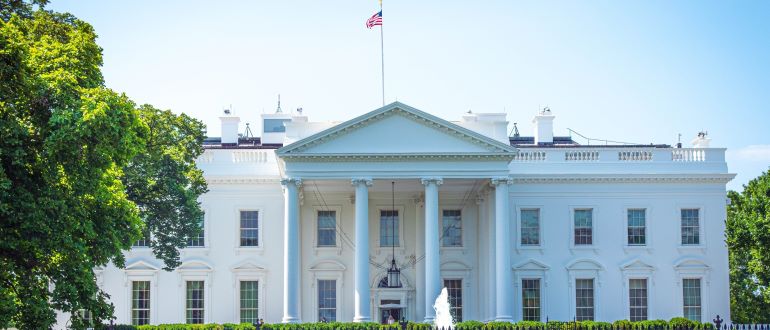
President Donald Trump said he will impose a 100% tariff on China “over and above any Tariff they are currently paying,” effective Nov. 1, dramatically escalating the trade war between the world’s two biggest economies.
The move, which threatens restrictions on exports of unspecified “critical software,” comes amid an intensifying dispute over Chinese export controls on rare earth materials.
In a Truth Social post Friday, Trump accused China of taking “an extraordinarily aggressive position on Trade” by sending “an extremely hostile letter to the World, stating that they were going to, effective November 1st, 2025, impose large scale Export Controls on virtually every product they make, and some not even made by them.”
The additional tariff would stack on top of existing duties on Chinese imports, potentially bringing total tariff rates on some products well above 100%. The president did not provide details on which goods would be affected or exemptions that might apply.
China controls the majority of the global rare earth supply, materials critical to manufacturing electric vehicles, smartphones, military equipment, and semiconductors. Any significant restrictions on rare earth exports could disrupt supply chains across multiple industries worldwide.
The announcement marks one of the most aggressive tariff actions in the ongoing trade conflict between Washington, D.C., and Beijing, which has seen both sides impose various restrictions on trade and technology transfers in recent years.
New Chinese regulations require government approval before exporting products containing more than 0.1% of rare earths that originate from or are processed in China. The policy covers seven rare-earth families, including samarium, terbium, dysprosium, and lutetium, as well as their magnet and sputtering-target forms.
The restrictions expand China’s Tier 3 controls introduced in April and have raised alarms across multiple industries, including automotive, consumer electronics, and semiconductor manufacturing. China controls the majority of the global rare earth supply, materials critical to everything from electric vehicle motors to smartphone displays.
The U.S. government has not defined what constitutes critical software, leaving industry observers to speculate about the scope of the restrictions.
Earlier this year, the Trump administration restricted chip design and simulation tools to China during negotiations with Chinese leadership, a move that affected companies like Cadence Design Systems Inc. and Synopsys Inc. but helped ease some rare-earth export issues.
If the definition expands, likely targets could include artificial intelligence (AI) development frameworks such as PyTorch, TensorFlow, and JAX, as well as distributed-training software essential for large-scale model development on advanced accelerators. Such restrictions would directly hamper China’s ability to develop cutting-edge AI systems, even with access to necessary hardware.
Other potential targets include compilers, firmware, and embedded software controlling hardware operations — from CPU and GPU microcode to FPGA configuration tools. These restrictions could harm American and European companies with Chinese production facilities while also impacting Chinese firms.
The controls may also extend to manufacturing and infrastructure software, including network management systems and wafer fabrication equipment tools that run customized versions of Linux and Windows. While unlikely to cause immediate collapse, such measures would create significant operational challenges.
The tariff increase is expected to hit American businesses importing Chinese goods first, though the full economic impact of both the tariffs and software restrictions remains uncertain.

